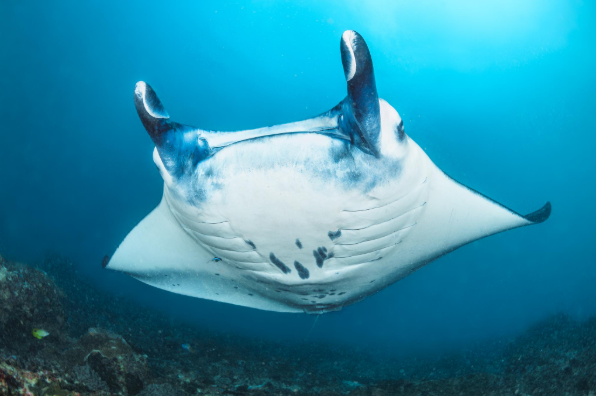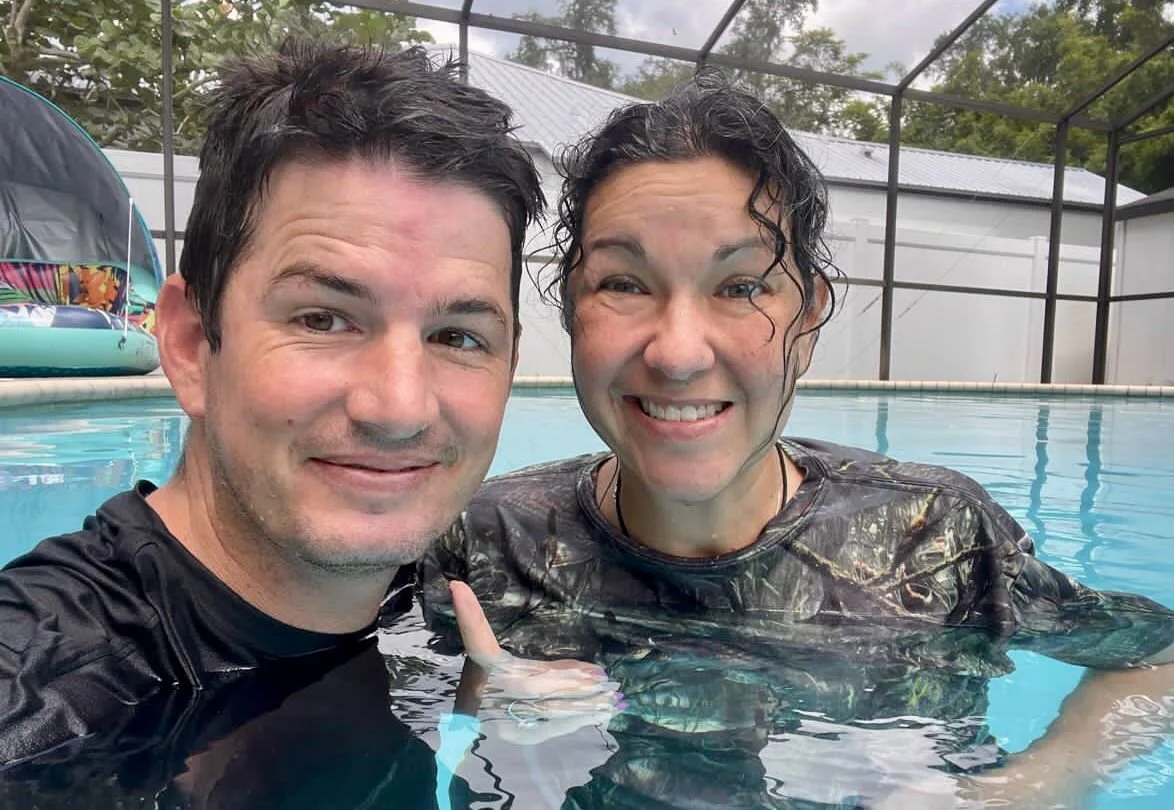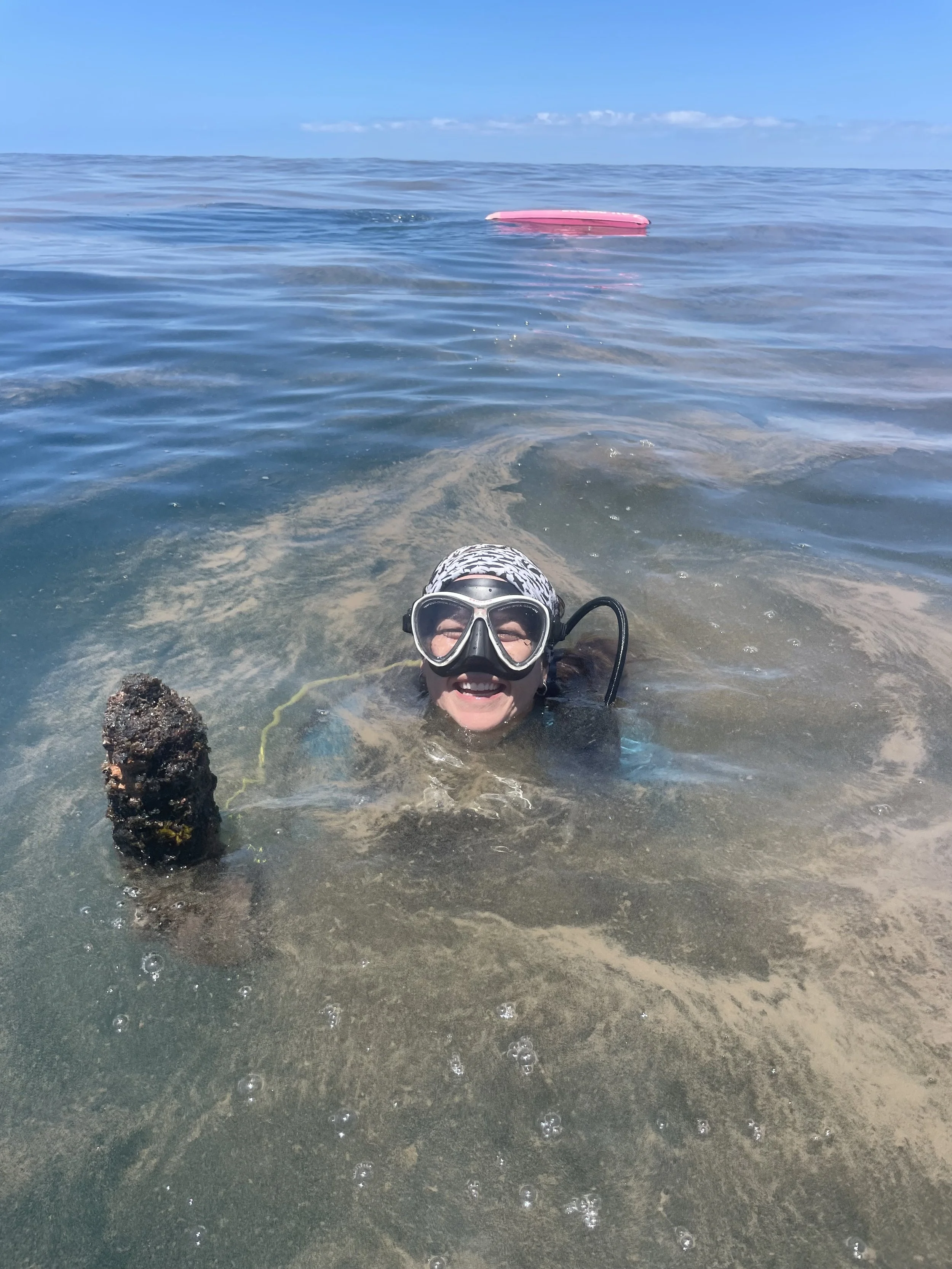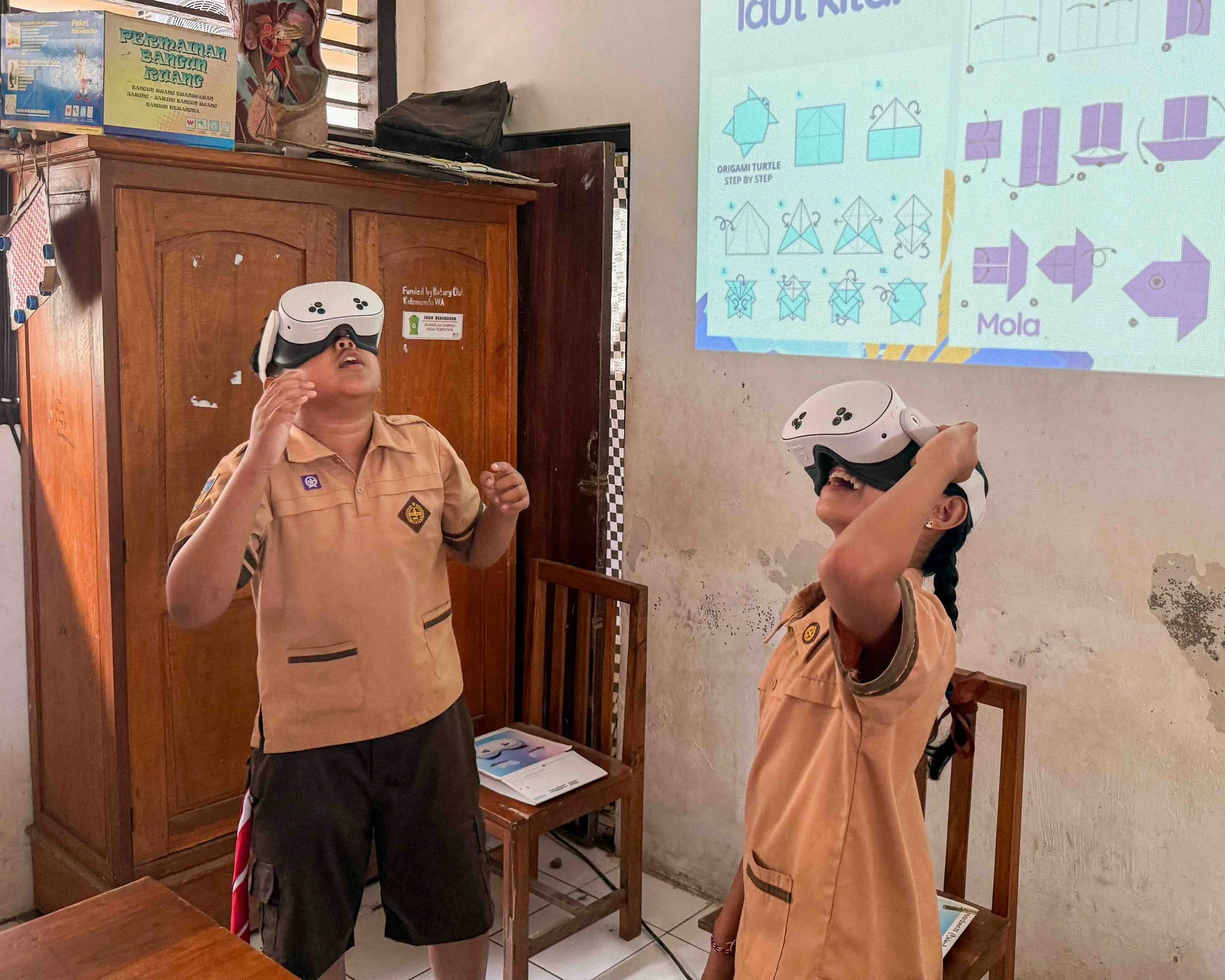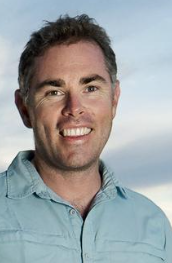Happy Manta Day!
Hi all!
It’s World Manta Day! The flappiest day of the year!
MMF has a long history in manta ray research – in fact, that’s how the organisation began. Back in 2003, Andrea Marshall started her pioneering doctoral research on Mozambican mantas. Her PhD thesis resulted in the ‘manta ray’ being recognized as two distinct species – reef mantas and giant oceanic mantas – and, as a natural overachiever, she also worked out reef manta reproductive cycles, population dynamics, cleaning behaviors, and documented all sorts of other fundamental insights into both species' busy lives. You can read Andrea's scientific papers here.
Reef manta at Nusa Penida, Indonesia
More than two decades later, we’re still learning more about these amazing, intelligent, balletic giants – and how best to protect them from harm. Andrea’s two decades of work on manta rays have inspired and built the foundational knowledge necessary for many other manta programs around the world to thrive, including a broad range of research and conservation initiatives going on within MMF. Today's a great opportunity for me to highlight some recent manta research outputs from our projects in Mozambique, Florida, and Indonesia – as well as the exceptionally talented project leaders.
But before I switch away from Andrea… her own current focus is, of course, rehabilitation from her aneurysm last year. Janneman has been getting her into the pool for some fun snorkelling sessions.
So far she's seen, and I quote, “feet”.
Janneman and Andrea putting in the pool time
MOZAMBIQUE
Nakia living the glamorous marine biologist life (while picking up an acoustic receiver)
MMF Scientist, and Dalhousie University PhD student, Nakia Cullain is leading research and conservation efforts in Zavora, Mozambique. Zavora is now the hotspot for reef mantas in the country. As part of her PhD work, she recently published a 15-year analysis of manta ray sightings from the area – unfortunately, it tells a sad story, with an 82% decline from 2009 to 2023, and a shift from year-round to seasonal reef manta ray presence. You can see the paper here.
Nakia freeing a manta ray from a gillnet
We helped acheive national protection for manta rays in Mozambique in 2020 but, clearly, there's plenty more work to be done. Zavora still hosts a large seasonal reproductive aggregation of reef mantas, so it's a critical area to protect. Nakia is working with the MMF conservation team to start a full protection program with the Zavora community, where mantas being entangled in coastal nets remains a significant threat.
Young conservationist in the making!
A big part of our conservation program is helping people to learn more about the marine environment, endangered ocean species, and how best to help and protect them. While many of you have been lucky enough to see these animals underwater, for non-divers, virtual reality experiences have proven to be a highly engaging – i.e., happily mind-blowing – way to introduce people to ocean life. I always love these photos!
If you're interested in working directly with Nakia and her team in Zavora, see her volunteering website at Marine Action Research.
UNITED STATES
Jessica photo-identifying a young Atlantic manta ray
Jessica Pate, MMF’s US Country Manager, has been studying manta rays in the southern USA since 2016. This work started out as the ‘Florida Manta Project’ but, more recently, Jessica and her collaborators have been busily identifying hotspots elsewhere along the southern US coast too.
The big news this year, of course, is that her mantas are a new species! The Atlantic manta has now been formally split from the globally distributed, though always enigmatic, giant oceanic manta ray. You can read the MMF story on that study here.
I'm sure there's going to be some neat evolutionary research to work out when and why the species diverged… but in the meantime, there are lots of practical implications for Jessica and her team to work through. The conservation status, threat profiles, and protective legislation for the two species need to be disentangled so that Atlantic manta rays can get the dedicated attention they deserve.
An unexpected manta nursery area – the southern Florida coast!
There are several known challenges to overcome in the US, including a high number of boat strikes in some inlets along Florida's coast, and manta bycatch in trawl fisheries within the Gulf. Jessica's already achieved some great results – identifying the southern Florida coast as a nursery area for the species, working with expert cobia fishers off central Florida to teach anglers how to safely fish around adult mantas, and deploying satellite tags with NOAA to establish the movements of mantas around the US coast. She has also written a children's book about Florida manta rays, which is being provided free to many classes, along with a dedicated curriculum for teachers.
Learn more about manta research in the US, and support Jessica's work, here on the MMF site.
A Florida class with Jessica's book, A Manta Ray's Journey
INDONESIA
Janis in her natural habitat
Janis Argeswara, MMF’s Country Manager in Indonesia, is leading research efforts on reef manta rays in some of the world’s most important hotspots for this threatened species, including Nusa Penida, Komodo National Park, and, most recently, at Sangalaki.
Field studies at Nusa Penida began in 2012. Janis and her collaborators analyzed this large dataset to track manta population dynamics through time. Since Indonesia banned manta fishing in 2014, annual abundance estimates nearly tripled between 2012 and 2022, while resighting rates for individual mantas are among the highest recorded from anywhere in the world. This is a really hopeful indication that conservation measures are indeed working, and reef manta rays are successfully recovering from overfishing. See the full results here.
Reef manta rays at Manta Point, Nusa Penida
Janis has also been working hard to develop the new MMF manta ray project at Sangalaki this year, while continuing to work on tourism management at Nusa Penida and Komodo – both of which are now VERY popular with snorkellers and divers. Her team have also been shooting VR footage to share in their education work with local classes (again, I just love these photos!)
Learn more about Janis' work, and Indonesian manta rays, here!
VR time at Nusa Penida
Though manta rays remain threatened worldwide, the recovery seen at Nusa Penida, and other locations like Raja Ampat as well, demonstrates what's possible when strong protection is backed by research, monitoring, and enforcement. Every day can be manta day – and that's why the MMF team works so hard to apply great science to conservation action.
Thanks for all of your support, and happy manta day!
Simon.
P.S. Dive with Janis and me in Indonesia! Our MMF expeditions are nearly full now, but we have two cabins, and a male twin-share, available during our back-to-back Raja Ampat trips in Feb 2026. There are several cabins available for our epic Alor to Raja Banda Sea trips in 2027, too. Check out the details here.
Dr Simon Pierce
Executive Director
We can't do all this alone.
Join MMF as a monthly supporter
Your support is crucial in fueling these vital efforts. By joining us, you become a champion for our ocean planet.
Your membership directly contributes to:
Cutting-edge research on endangered marine wildlife
Empowering local communities through sustainable livelihoods
Educating the next generation about ocean conservation
Together, we can create a healthier, more vibrant ocean for all.
Thanks again for your support!
Dr Simon Pierce
Executive Director, Marine Megafauna Foundation
